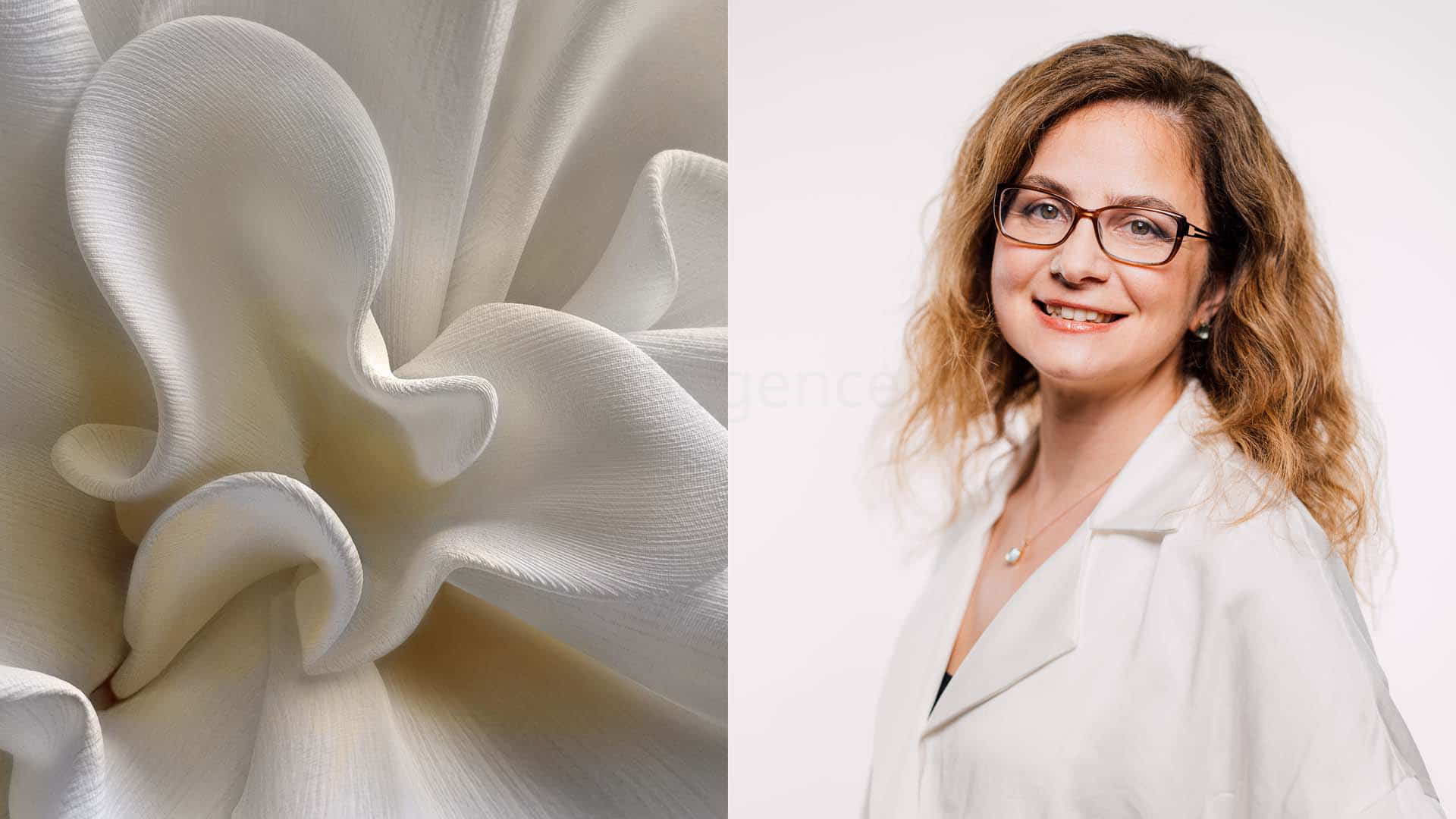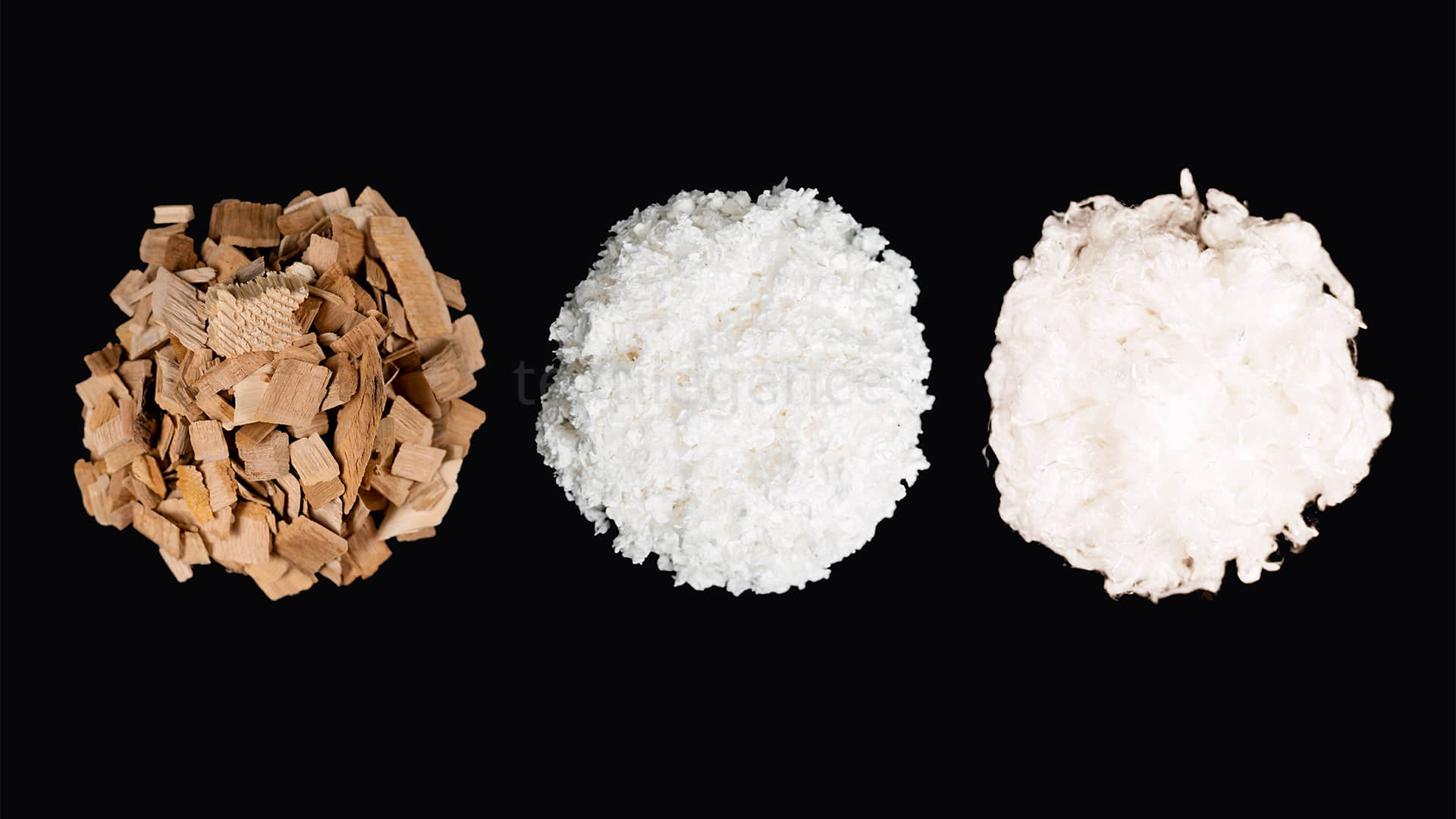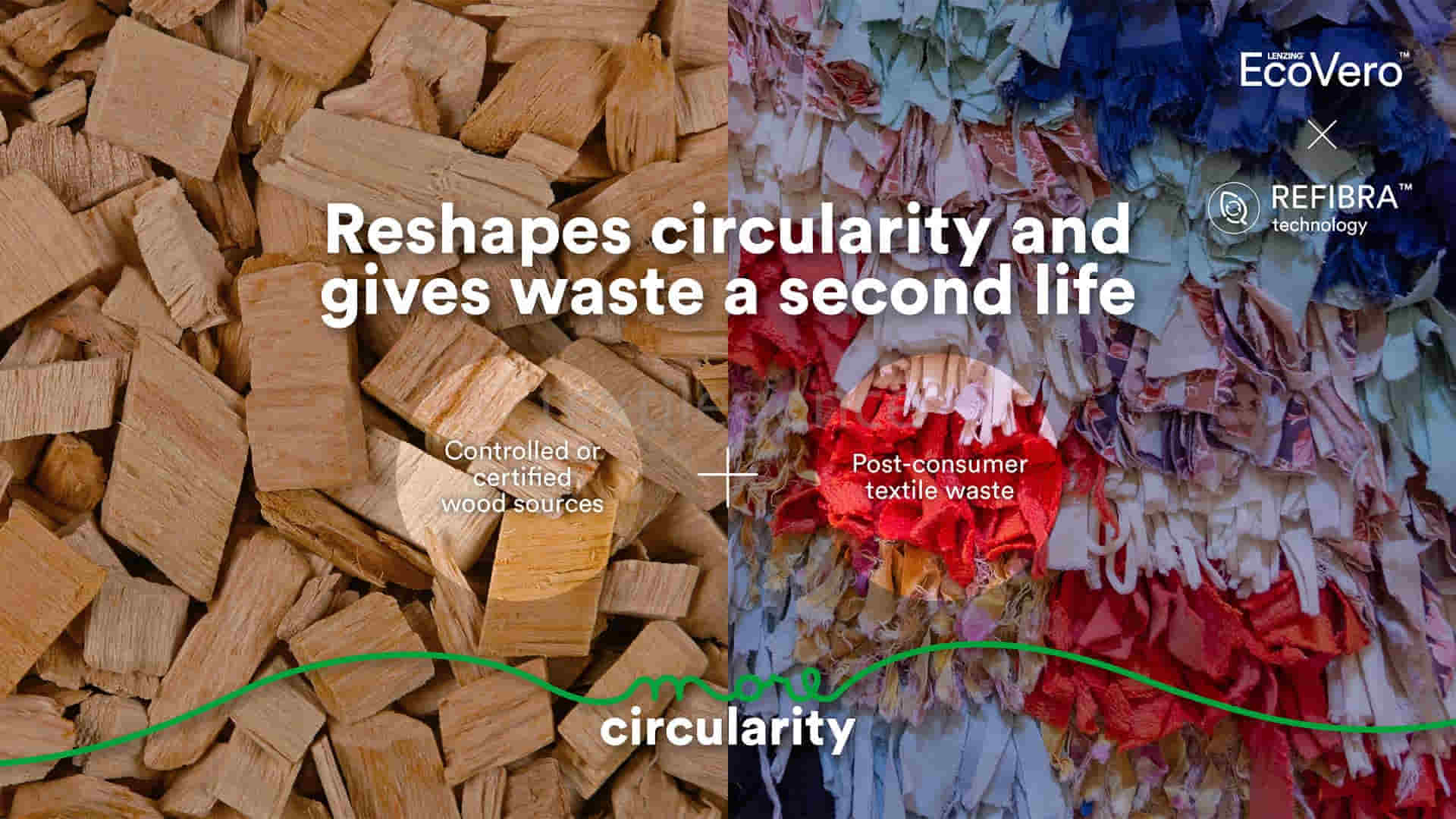Lenzing Group, producing environmentally friendly cellulosic fibres from renewable wood raw materials, plays an important role in the sustainable transformation of the sector with its products and activities supporting the circular textile economy. The Austrian-based company, whose roots go back 85 years, focuses on the UN Development Goals within the framework of criteria such as responsible use of water, decarbonisation and sustainable innovations in all business processes throughout the value chain. We talked to Head of Business Development, Lenzing Türkiye, İlkşen Dedeoğlu Demiray, about the recent works, projects and innovations of the company, which makes a significant contribution to reducing the environmental footprint of the sector day by day with the technologies it develops.
The industry has left behind an economically challenging year. What kind of a year has 2023 been for Lenzing, both globally and specifically in the Turkish market? How many of your goals were you able to achieve?
As Lenzing, we produce globally in different regions of the world and work with a wide sales and marketing network. As Lenzing, we closed 2023 with a revenue of 2.52 billion euros and a nominal capacity of 1,110,000 tons, above the previous year. Regarding 2024, the positive feedback from the Istanbul Yarn Fair, which we attended in February, raised our hopes that this year will be positive.
Lenzing is a prominent brand in the industry when it comes to sustainability. In this context, could you tell us about your recent products, production processes and corporate work?
As Lenzing Group, we produce environmentally friendly cellulosic fibers from renewable wood raw materials. We focus on the UN Development Goals within the framework of criteria such as responsible use of water, decarbonization and sustainable innovations in all our business processes throughout the value chain. In line with these criteria, we have recently developed an innovative processing technique for TENCEL™ Lyocell fibers specifically for flexible fabrics. This new technique we have developed creates a fabric feature that stretches with better recovery, does not shrink or wrinkle easily, and provides a smooth appearance even after repeated washing. In addition, we took the benefits of ECOVERO™ one step further innovatively last year and produced LENZING™ ECOVERO™ Black by adding colour pigments into the fiber solution during the production phase, consuming 50 percent less energy and water than other fabrics and causing 60 percent less carbon emissions. With LENZING™ ECOVERO™ with REFIBRA™ technology, we aimed to accelerate the transition of value chain partners to a circular textile economy. This product encourages the circular economy by giving new life to post-consumer textile waste with up to 20% recycled raw material content.

What fundamentally distinguishes LENZING™ ECOVERO™ fiber from other viscose? Could you share the gains and advantages with comparative data on water/energy saving, carbon emission etc.?
LENZING™ ECOVERO™ brand fibers are produced with an environmentally friendly technology in viscose production. It provides at least 50% less carbon emissions and water consumption compared to generic viscose (Higg MSI Version 3.7). These special fibers are obtained from controlled or certified wood sources that meet FSC® or PEFC standards, in accordance with the strict rules of the Lenzing Wood and Pulp Policy. It contributes to a sustainable life and a clean environment with this feature.
Could you tell us about the main features of TENCEL™ fibers? What are the features that distinguish it from other fibers?
TENCEL™ branded modal and Lyocell fibers obtained from controlled or certified wood sources support a natural dry feeling with effective moisture management. TENCEL™ fibers can be combined with a variety of textile fibers to offer manufacturers and brands an endless variety of product designs and functions. These fibers, which have the European Union Ecolabel (EU Ecolabel), can be shredded and composted at the end of their life cycle. (certified by TÜV Austria)
How many production centres (main/local) does Lenzing have in total? Besides China and Indonesia, do you plan to establish local production centres in other regions where demand is high?
As Lenzing Group, we provide services with a total of 9 production facilities and 9 sales and planning offices worldwide. In addition to our facilities in China and Indonesia, we successfully transformed our facility in Indonesia last year and pioneered the increase of responsible viscose production in the Asia-Pacific with a nominal capacity of 303 thousand tons per year. Furthermore, we work to respond to environmentally friendly and responsible textile demands from both our business partners and brands with our 3 R&D centres.
Do you have an application where your users can transparently track your entire procurement process, starting from raw materials? How do you approach the trust and transparency demands by end users?
We are pioneering the digitalization of value chain management with the Lenzing E-Branding service launched in 2018. Users of this platform can manage their processes faster, easier and more effectively with new features such as Design Approval, Fiber Blend Quick Control Tool, Orientation Tool, E-Branding Master Class Training and E-Branding Help Desk. Users can also learn about the certification and licensing of Lenzing brands through live webinars and self-learning modules offered on the platform.
Moreover, we offer supply chain transparency to manufacturers and consumers with Lenzing fiber identification technology (Fiber ID). Thanks to this technology, we ensure the traceability of the fiber in all processes and prevent the production of imitations of the products.

You announced the activity and sustainability report together for the first time this year. Can we get information about the goals you achieved in the report?
By publishing a combined annual and sustainability report for the first time in 2023, we emphasized the importance of social and environmental responsibility for our company. Our aim with the report we published under the title “Are you ready to join?” is to encourage all stakeholders of the textile industry to this positive change.
According to the report, we have made progress in achieving sustainability and climate goals by reducing absolute greenhouse gas emissions by 19 percent (scope 1, 2 and 3; compared to the base year 2021) and specific sulphur emissions to air by 58 percent (compared to the base year 2014). Lenzing thus became the first producer of regenerated cellulosic fibers with a scientifically validated net zero target. Additionally, in 2023, we were included in the “A-List” in all categories of the global environmental organization CDP, for our third year, with our sustainability performance and level of transparency in reporting. Lenzing became one of the 10 companies that received “AAA” among more than 21 thousand companies evaluated worldwide as well. Our report for the 2023 fiscal year, prepared digitally, can be accessed at https://reports.lenzing.com/annual-and-sustainability-report/2023/.

